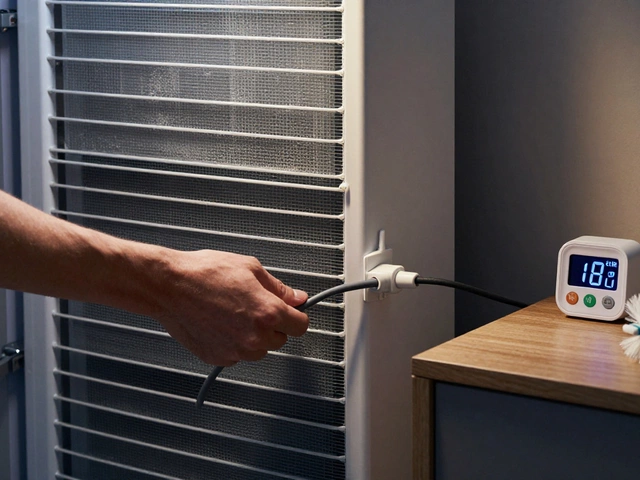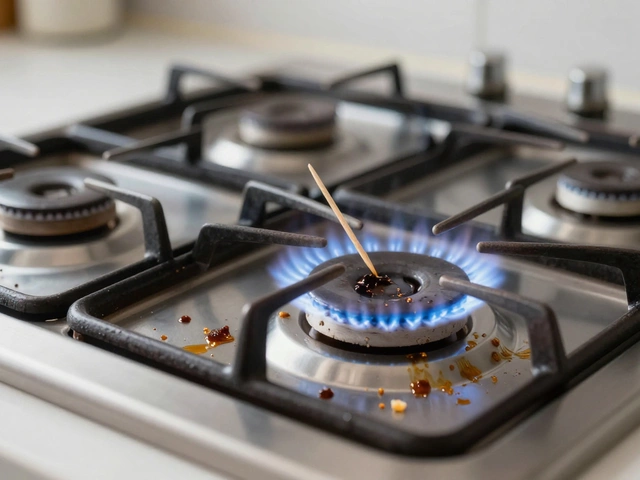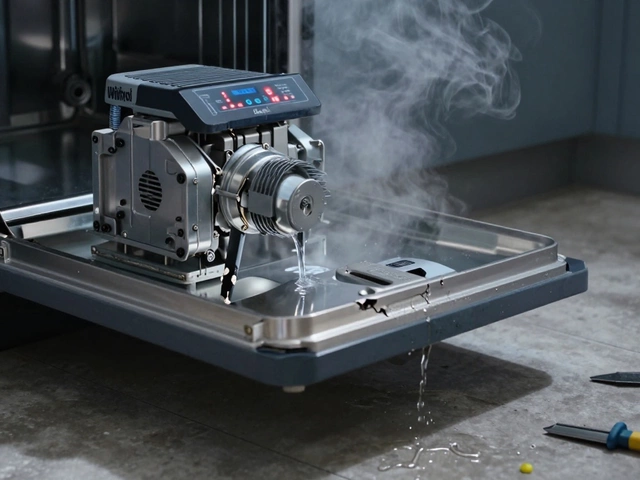Faulty Element – Signs, Causes & Fixes
If your oven suddenly won’t heat, your dishwasher is humming but staying dry, or your fridge is making weird noises, chances are the heating element is the culprit. A faulty element can make a perfectly good appliance feel like junk, but the good news is you don’t always need a pricey technician. In this guide we’ll walk through the most common symptoms, why elements break, and what you can do yourself before you call in a pro.
How to Know Your Element Is Bad
First, look for the classic signs. In an oven, the bake or broil function just won’t get hot, or it only gets warm enough to dry a towel. In a dishwasher, the drying cycle ends with soggy dishes and a cold interior. A fridge with a broken defrost element will start to frost over, making it work harder and louder.
Another tell‑tale is a visible burn or a faint humming sound coming from the element. Unplug the appliance, remove the back panel or interior grill, and inspect the coil. If you see dark spots, blistering, or broken wires, the element is most likely done for.
Don’t forget the simple test: set the appliance to the heating mode and use a multimeter. A healthy element reads close to zero resistance; an open circuit will show infinite resistance. If you’re not comfortable with a meter, just move on to the next step – replacement is often the safest bet.
Fixing or Replacing the Element
When you’ve confirmed the element is faulty, the fix is usually a swap. Most ovens, dishwashers and fridge freezers use standard coil designs that you can order from a local supplier or online. Make sure you note the model number and voltage rating – mixing up a 120V element with a 240V one can be dangerous.
To replace, turn off power at the breaker, disconnect the appliance, and remove the screws holding the element in place. Pull it out gently and detach the connector. Slide the new element into the slot, reconnect, and tighten the screws. Reassemble the panels and restore power. Most people finish this in under an hour.
If the element is stuck or the wiring seems corroded, it might be smarter to call a local repair service. At Weymouth Appliance Repair Services we can source the right part and have it installed quickly, saving you time and the hassle of trial‑and‑error.
While you’re there, check other parts that often fail alongside the element: thermostats, temperature sensors, and fuses. Replacing a weak thermostat at the same time can prevent the new element from burning out again.
Finally, keep your appliances tidy. A buildup of food debris or mineral deposits can cause the element to overheat. Regular cleaning of oven interiors, dishwasher spray arms, and fridge coils extends the life of any new part you install.
Bottom line: a faulty element is a common, fixable problem. Spot the symptoms, test the coil, and decide whether a simple DIY swap or a professional call is best for you. Either way, you’ll save money and get your kitchen back to working order faster.
Is Your Electric Stove Element Acting Up?
- Alden Wilder
- Mar 27 2025
- 0 Comments
Trying to figure out if your electric stove element is failing? This article guides you through the signs of a faulty element, troubleshooting tips, and practical advice for maintaining your stove. Discover common symptoms, from uneven cooking to strange noises, that indicate it's time for a replacement. Learn about safety precautions and uncover interesting facts about electric stovetops. Equip yourself with the knowledge you need to keep your cooking experience hassle-free.
View More




